SOURCE: RAUNAK KUNDE / NEWS BEAT / IDRW.ORG

The Indian Army is poised to reassess the technical requirements for its upcoming Future Ready Combat Vehicle (FRCV) Main Battle Tanks, which are intended to replace the ageing Soviet-Union-supplied T-72 MBTs. This reevaluation is a response to the evolving nature of warfare, particularly in light of the ongoing conflict in Ukraine, which has highlighted new threats to armoured vehicles.
According to sources familiar with the matter, told idrw.org, the FRCV program faces emerging challenges, with major tanks suffering losses due to low-cost loitering ammunition and industrial-grade hexacopters dropping drone bombs on them. These threats have underscored the need for a comprehensive reassessment of the technical specifications for the FRCV to ensure that it can effectively counter these new dangers.
Continue readingSOURCE: RAUNAK KUNDE / NEWS BEAT / IDRW.ORG
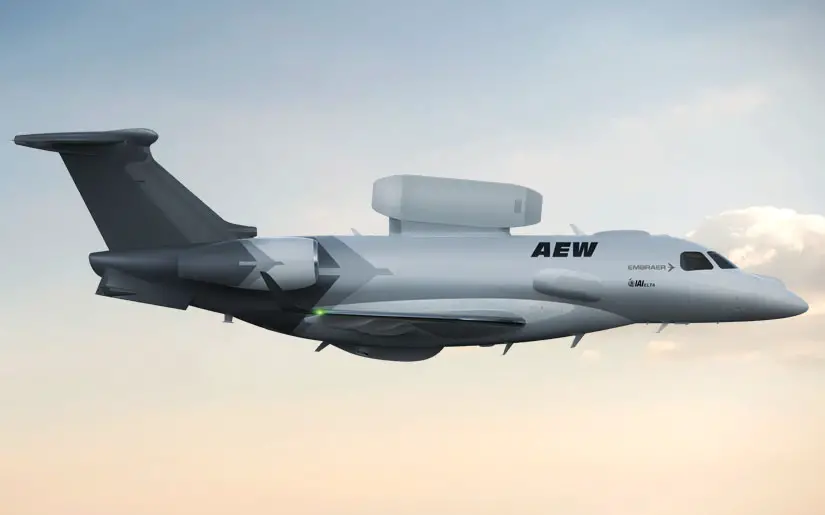
Brazilian aircraft manufacturer Embraer is set to make a significant foray into the Indian aerospace and defence market with its Praetor 600 super mid-size business jets. This move aims not only to promote the Praetor 600 within the country but also to showcase these jets to the Indian Air Force (IAF), which has plans to acquire six more indigenous Netra-Mk1A Airborne Early Warning and Control System (AEW&CS) aircraft.
Six additional Netra-Mk1A AEW&CS, similar to its two predecessors, will be based on the ERJ145 aircraft, which was initially manufactured by Embraer. However, since 2020, this model has been discontinued. To address this, Embraer has put forth an innovative proposal to the IAF. They have offered the Praetor 600 business jet as a platform to mount the Netra-Mk1A AEW&CS sensors.
Continue readingSOURCE: IDRW.ORG TEAM
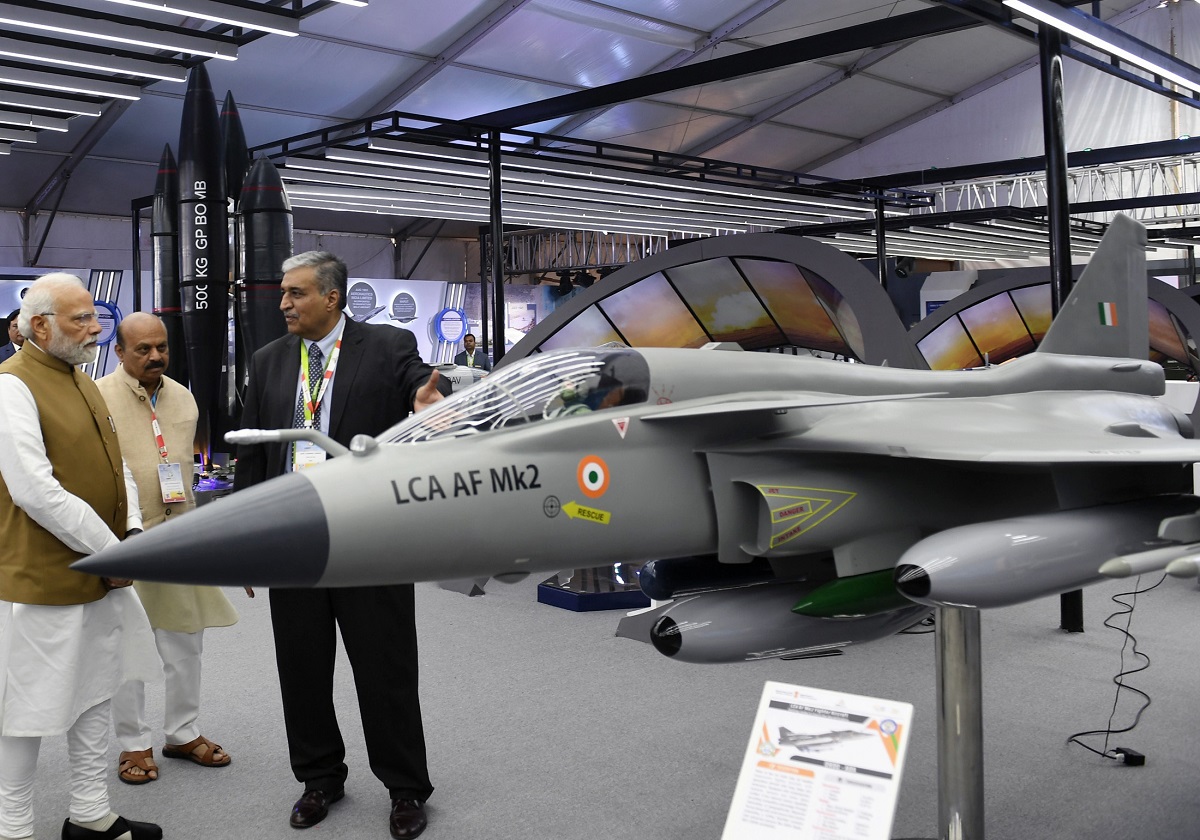
Hindustan Aeronautics Limited (HAL) has set a target to commence production of the Tejas Mk-2 fighter jet in five years. The confirmation comes from HAL’s Chief, CB Ananthakrishnan, who revealed that the Aeronautical Development Agency (ADA) and HAL are collaborating to roll out pre-production Tejas Mk-2 aircraft by the end of 2024. The first flight of this advanced fighter is planned for 2025.
India has allocated ?10,000 crore for the Tejas Mk-2 program, and the Indian Air Force (IAF) has committed to acquiring 120 of these jets. The objective is to replace the aging fleet of Mig-29UPG and Jaguar Darin-III Strike aircraft, with the process expected to begin in 2030-34. Additionally, the IAF plans to phase out 50 Mirage-2000H fighter jets from its fleet starting in 2035, gradually integrating the Tejas Mk-2.
Continue readingSOURCE: IDRW.ORG TEAM
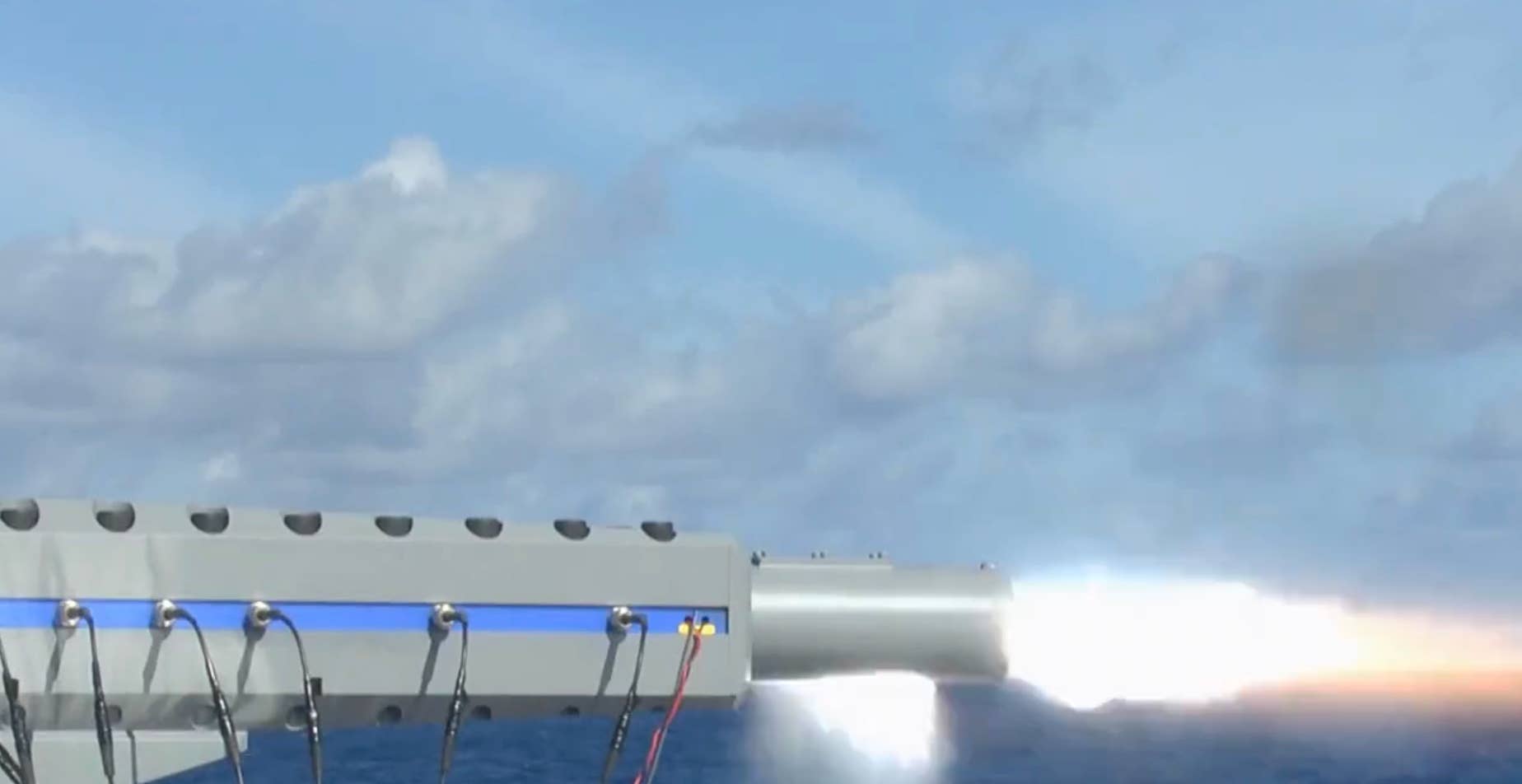
Japan has announced a successful test of its medium-caliber maritime electromagnetic railgun, making it the first country to achieve this feat. The test was conducted via an offshore platform in collaboration with Japan’s Acquisition Technology & Logistics Agency (ATLA) and the Japanese Maritime Self-Defense Force (JMSDF).
While specific details about the test’s circumstances and timing are limited, video footage released by ATLA showcases the railgun firing projectiles from various angles. The successful test marks a significant advancement in railgun technology, positioning Japan to use it both at sea and on land.
Continue readingSOURCE: RAUNAK KUNDE / NEWS BEAT / IDRW.ORG
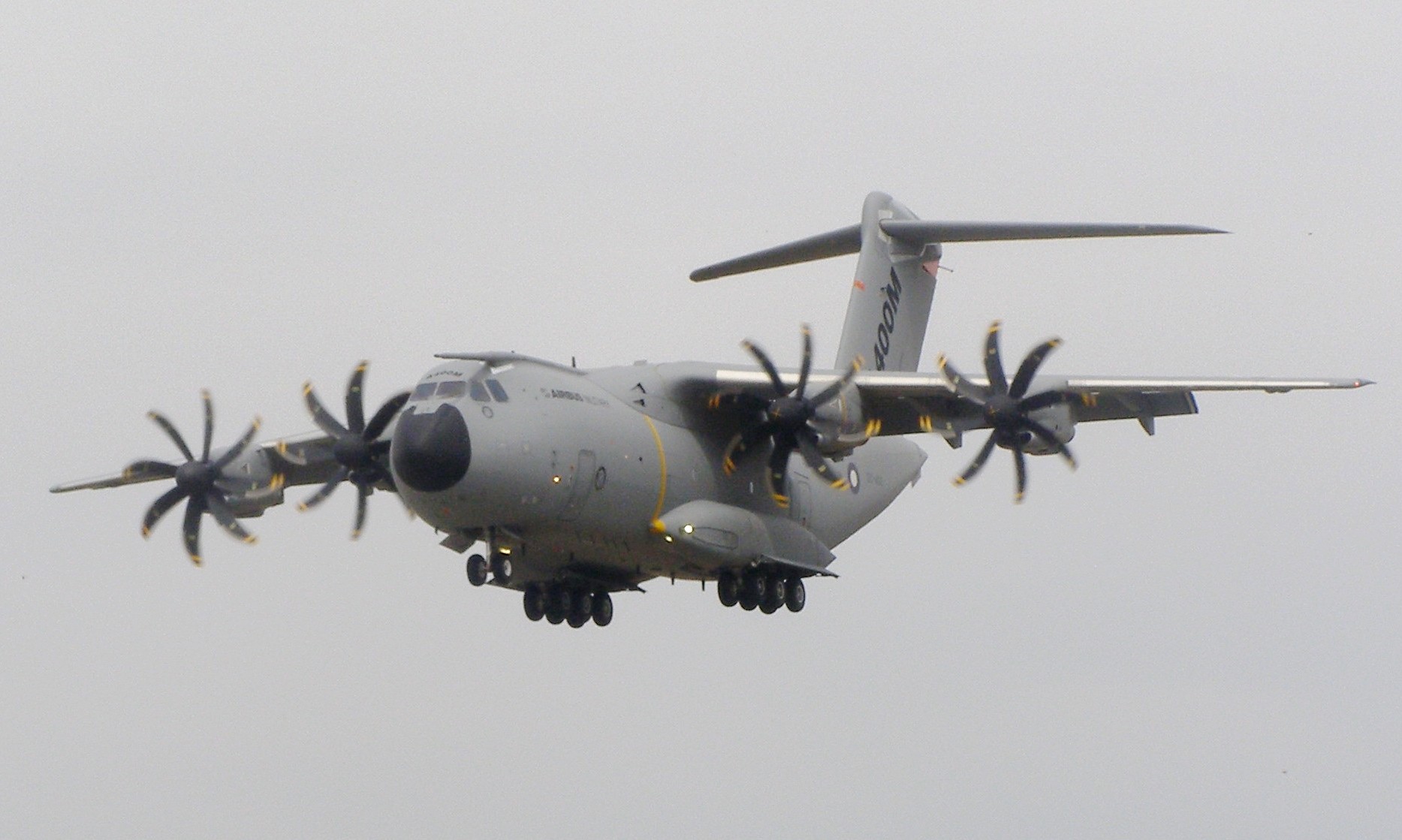
The Indian Air Force (IAF) is in the early stages of procuring 40-80 Medium Transport Aircraft (MTA) and has been discreetly evaluating potential options for nearly six years. Among the contenders for this critical procurement is the Airbus A400M, which has made a significant impression on IAF officials during its unofficial evaluation.
The capabilities and performance of the Airbus A400M have garnered positive reviews, sparking interest from the IAF. This interest in the A400M is not entirely new; Airbus Military began a low-key campaign to showcase the airlifter to the IAF back in 2013. In 2019, reports emerged of a quiet campaign to promote the A400M to the Indian Air Force.
Continue readingSOURCE: RAUNAK KUNDE / NEWS BEAT / IDRW.ORG
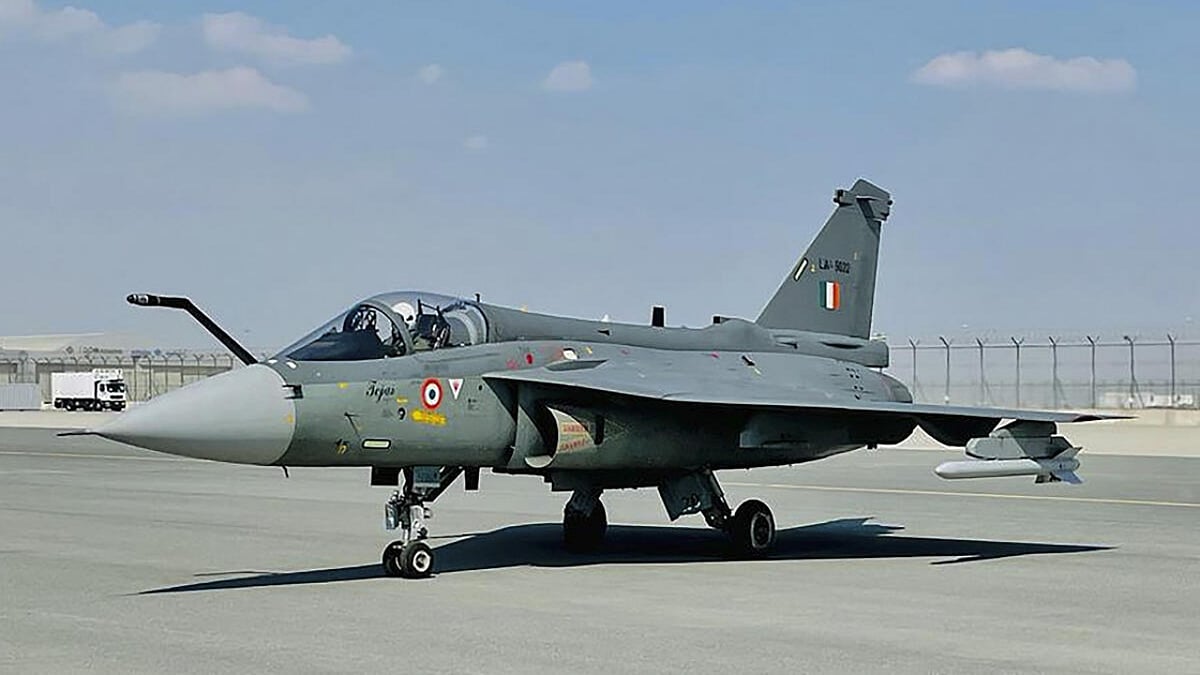
Air Chief Marshal Rakesh Kumar Singh Bhadauria’s recent confirmation that an additional 97 Tejas Mk1A fighter jets won’t undergo major changes compared to the 73 previously ordered is shedding light on the Indian Air Force’s (IAF) continuous pursuit of excellence in its fleet. However, it is crucial to understand that the discussion isn’t over yet.
While it’s true that the core features of the Tejas Mk1A will remain consistent with the initial order, both the IAF and Hindustan Aeronautics Limited (HAL) have initiated a technical round of talks. This dialogue is essential to address the IAF’s specific requirements and to explore the possibility of incorporating upgrades or changes into the aircraft. In the fast-paced world of aviation, where technology is ever-evolving, staying ahead of the curve is imperative.
Continue readingSOURCE: RAUNAK KUNDE / NEWS BEAT / IDRW.ORG
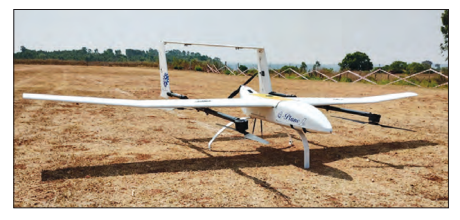
he Council of Scientific and Industrial Research’s National Aerospace Laboratories (CSIR-NAL) has been making significant strides in the development of cutting-edge Unmanned Aerial Vehicles (UAVs). Their latest creation, the QUAD-Plane UAV, represents a remarkable fusion of multi-copter and fixed-wing capabilities, marking a breakthrough in the world of aerial technology.
The development of this innovative UAV is detailed in the ADA annual report, highlighting the key milestones achieved in recent times. Here’s an overview of this remarkable project:
Continue readingSOURCE: IDRW.ORG TEAM

Hindustan Aeronautics Limited (HAL), India’s premier aerospace company, is set to make a significant leap in its defense capabilities. In a recent interview with Hindustan Times, HAL Chief CB Ananthakrishnan unveiled an ambitious plan to export Made in India F-414 engines to other nations. This plan hinges on the company’s local production of these engines, and its pursuit of a significant Transfer of Technology (ToT) from American GE Engines.
The cornerstone of HAL’s export plan is the indigenous production of F-414 engines. To achieve this goal, HAL is actively negotiating a deal with American GE Engines for 99 engines that will be manufactured in India. The ToT agreement is expected to provide HAL with an 80 percent technology transfer, enabling them to locally produce these cutting-edge engines.
Continue readingSOURCE: IDRW.ORG TEAM
The Defence Research and Development Organisation (DRDO) is making significant strides in the field of hypersonic technology with its latest project, Dhvani. Project Dhvani aims to develop a Hypersonic Glide Vehicle based on the wave-rider configuration, a cutting-edge concept in hypersonic technology.
The wave-rider configuration, which serves as the foundation for Project Dhvani, is a promising design for achieving hypersonic speeds efficiently. Wave-rider vehicles are designed to ride on their own shockwaves, minimizing drag and enhancing their aerodynamic performance in the hypersonic regime.
Continue readingSOURCE: RAUNAK KUNDE / NEWS BEAT / IDRW.ORG
Hindustan Aeronautics Limited (HAL) is gearing up for a significant expansion in its Tejas fighter jet production capacity. The company, which currently operates two Light Combat Aircraft (LCA) assembly lines in Bengaluru, has set its sights on activating a third assembly line for Tejas jets at Nashik by the end of 2024. This strategic move is aimed at enhancing the production capacity for Tejas Mark 1A fighter jets and fulfilling the increasing demands of the Indian Air Force (IAF).
HAL opened a third assembly line in Nashik earlier this year to expand the indigenous fighter jet production landscape in the country. The new assembly line is expected to deliver the first three Tejas Mk1A fighter jets by March 2025. With this expansion, HAL is poised to significantly augment its production capacity from the existing 16 aircraft per year to an impressive 24 aircraft per year.
Continue readingSOURCE: RAUNAK KUNDE / NEWS BEAT / IDRW.ORG

In a significant development for India’s defence and aerospace sector, the Aeronautical Development Agency (ADA) and the National Aerospace Laboratories (NAL) have joined forces to characterize high-strength intermediate modulus carbon composites. This collaborative effort marks a crucial step toward advancing indigenous technology and materials for military aviation.
The joint project involved the characterization of high-strength intermediate modulus carbon composites, which have shown immense promise in terms of durability and weight reduction. These advanced composite materials are anticipated to play a pivotal role in the development of India’s medium-weight combat aircraft, particularly in the Tejas MkII Program.
Continue readingSOURCE: RAUNAK KUNDE / NEWS BEAT / IDRW.ORG

The National Aerospace Laboratories (NAL) has recently released its annual report, shedding light on the significant advancements made in the development of High-Altitude Pseudo-Satellite (HAP) technology. The report showcases the meticulous design and analysis, testing, and integration processes carried out in the creation of the HAP Sub-Scale (HAP SS), which represents a groundbreaking advancement in aeronautical engineering.
Here are the key highlights from NAL’s annual report:
Continue readingSOURCE: IDRW.ORG TEAM

Hindustan Aeronautics Limited (HAL), in collaboration with the Indian Air Force (IAF), is committed to an accelerated schedule for the delivery of the Tejas Mk1A fighter jets. The company initially aimed to deliver the first two Tejas Mk1A aircraft to the IAF by February 2024. Now, HAL has set its sights on completing the delivery of all 83 Tejas Mk1A fighter jets ordered by the IAF in 2021 by the end of 2028, well ahead of the stipulated 2029 timeline outlined in the contract.
HAL’s ambitious timeline reflects its dedication to bolstering the IAF’s capabilities and ensuring that the Tejas Mk1A project proceeds swiftly. The production capacity at HAL’s facility in Bengaluru allows for the construction of 16 LCA Mk-1A aircraft annually. However, the addition of the Nashik production line will significantly enhance the firm’s production capabilities, enabling the completion of a total of 24 jets each year.
Continue readingSOURCE: IDRW.ORG TEAM

he global defense industry is abuzz with anticipation as Seoul ADEX 2023, a premier international aerospace and defense exhibition, gears up to showcase the latest advancements in defense technology and equipment. Among the esteemed participants, ARMOURED VEHICLES NIGAM LIMITED (AVNL), a leading player in India’s public defense sector, is poised to make a significant impression with its range of cutting-edge products.
Scheduled to take place from October 17th to October 22nd, 2023, Seoul ADEX is a highly anticipated event that brings together top defense manufacturers, industry experts, and defense officials from around the world. More than 450 senior defense officials from a staggering 54 countries are expected to attend, joined by an extensive gathering of defense professionals and the general public.
Continue readingSOURCE: RAUNAK KUNDE / NEWS BEAT / IDRW.ORG
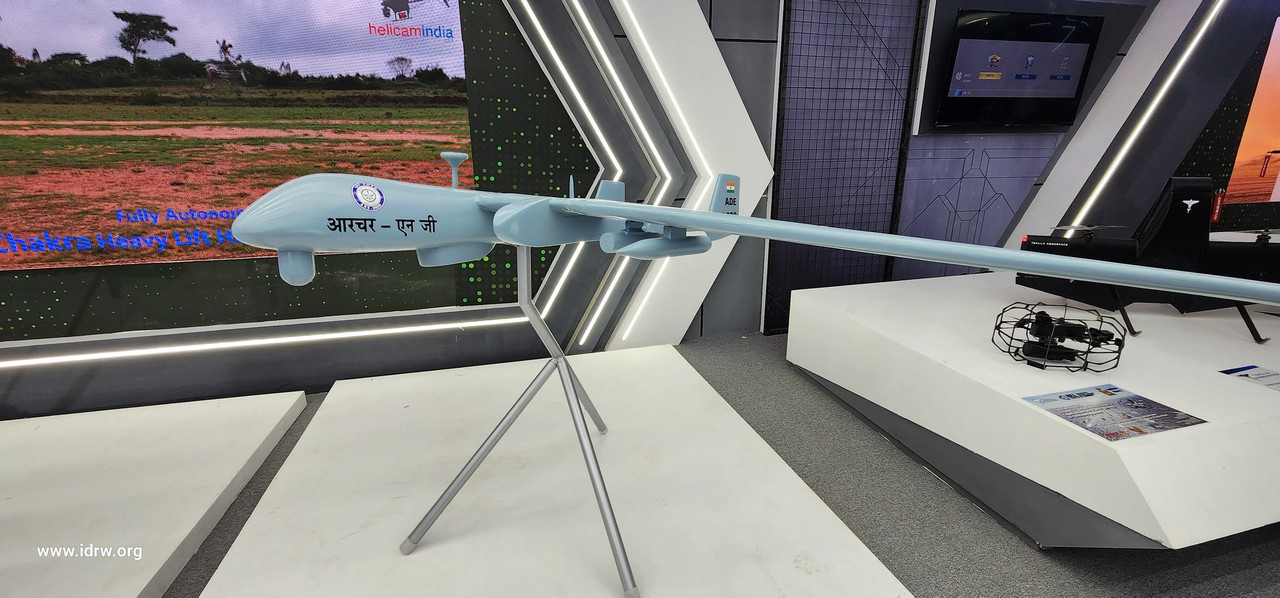
In a significant development, the Indian Armed Forces have combined their requirements for Medium Altitude Long Endurance (MALE) Class Unmanned Aerial Vehicles (UAVs) following a comprehensive study. This consolidation of requirements is a result of India’s growing emphasis on enhancing its aerial surveillance capabilities and modernizing its defence infrastructure.
Previously, India made the strategic decision to acquire 31 Predator drones from the United States, which fall into the High Altitude Long Endurance category. These drones are intended for the extensive surveillance of areas critical to Indian security interests. The acquisition of the Predator drones signifies India’s commitment to bolstering its capabilities in aerial reconnaissance and monitoring.
Continue reading